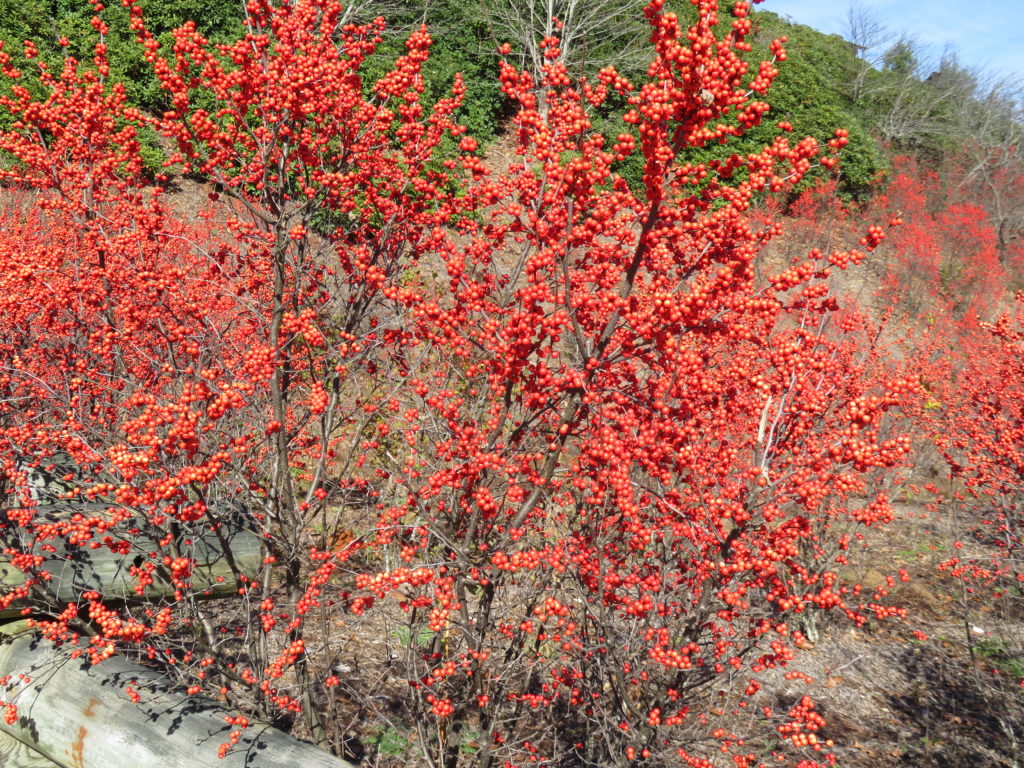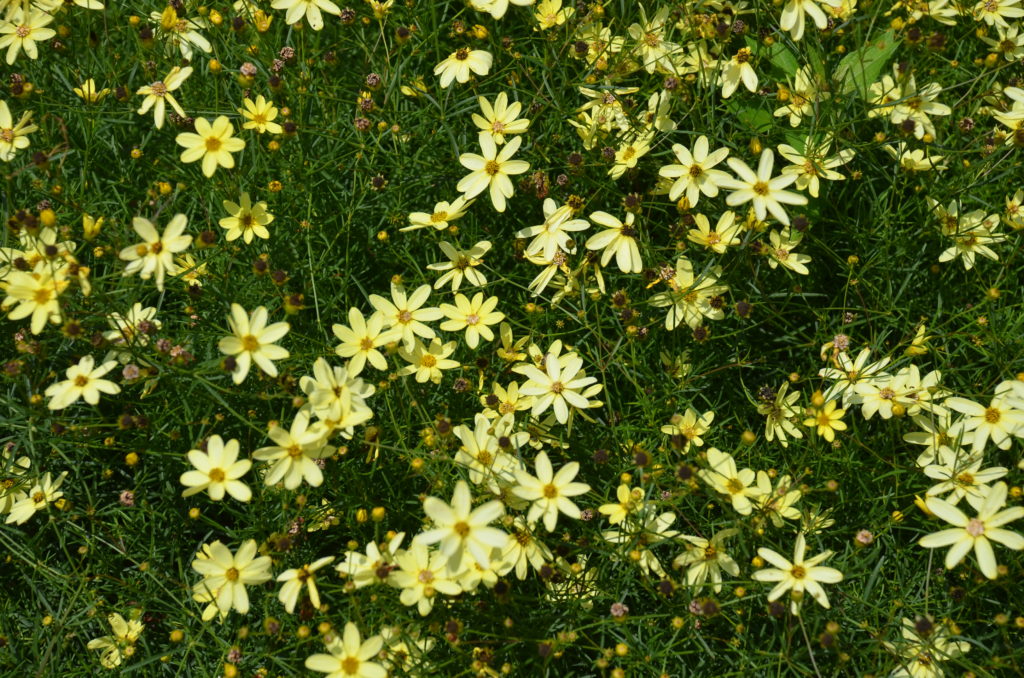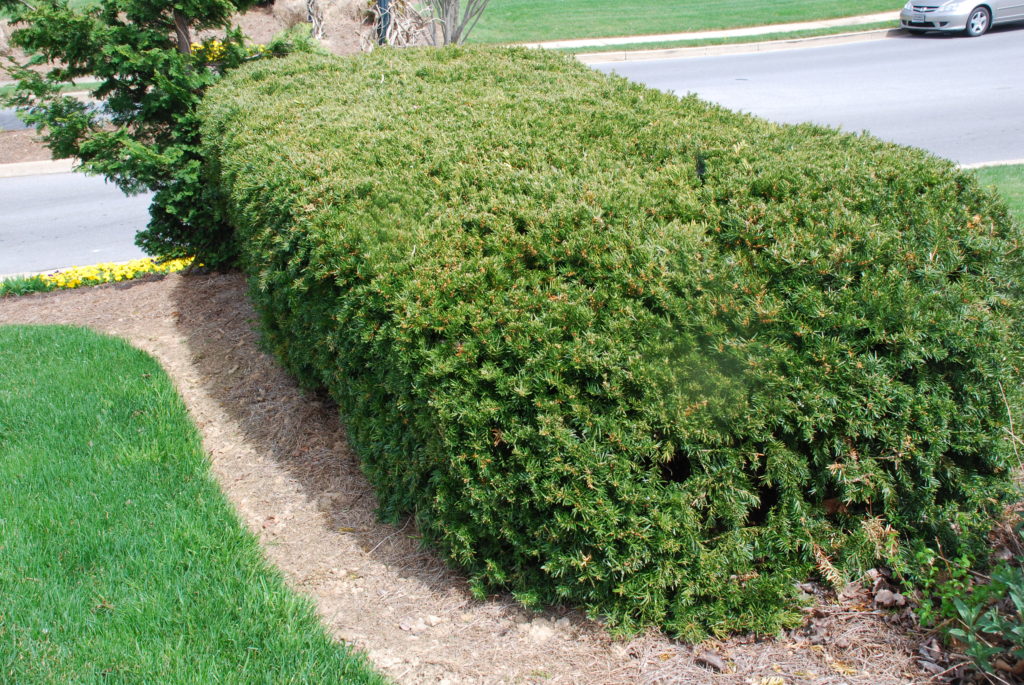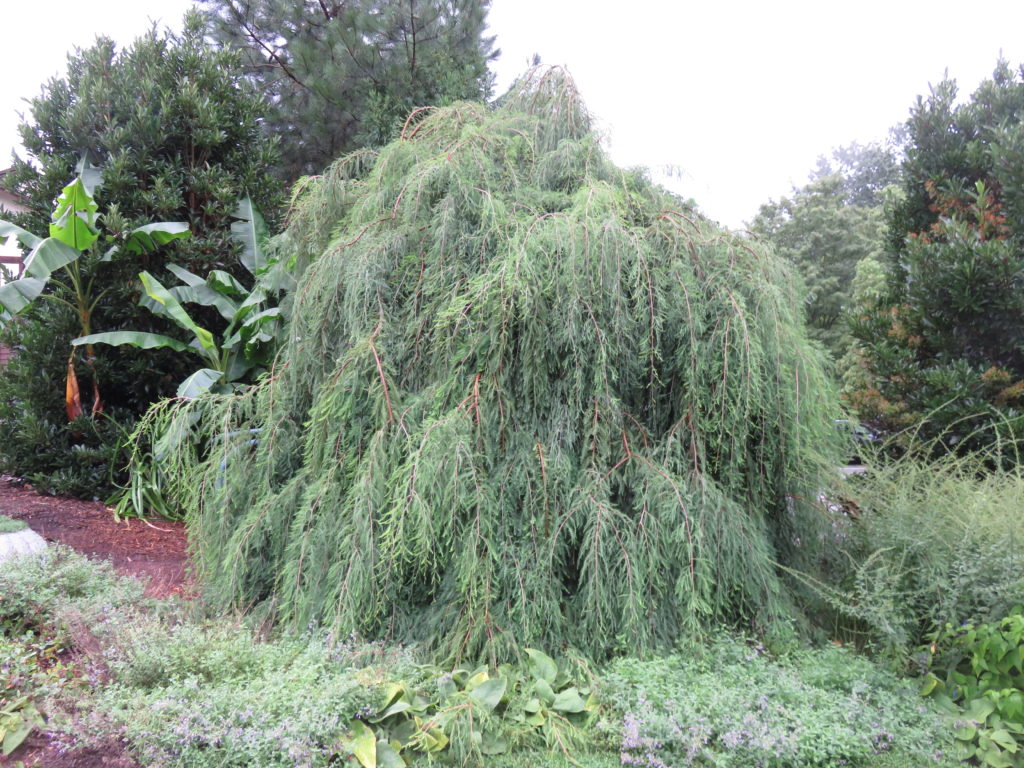Some fast-growing trees like Royal Empress tree (Paulownia tomentosum) smoketree (Cotinus coggygria), and basswood linden (Tilia americana). There are lots more arboreal candidates. Keep the young tree saplings vegetative by practicing “Renewal Pruning”.

To create an accent tree, single or multi-stemmed, wait until the plant has been in the ground for a few years, then begin to limb up the shrub. Select one to three stems that will become the dominant 1 or more trunks of your small tree and remove all other branches. Continue to shape this way until you arrive at the desired look. Again, snip off lower and interior branches that may develop.

Several Cotinus cultivars produce colorful seasonal foliage such as: ‘Royal Purple’ has burgundy foliage that changes to brilliant red in fall; ‘Grace’ struts huge, maroon leaves and deep salmon pink fall color; ‘Golden Spirit’ (Ancot) has chartreuse leaves that turn yellow in autumn.

If your goal is colorful foliage, cut the stems back garden in winter to 6 to 8 inches. The following spring enormous size leaves develop on vigorous growth from the ground. This is classified as hard pruning or renovation pruning and can be done every year. Just cutback last year’s woody shoots and start over. Fertilize annually and irrigate during long summer dry periods.





















